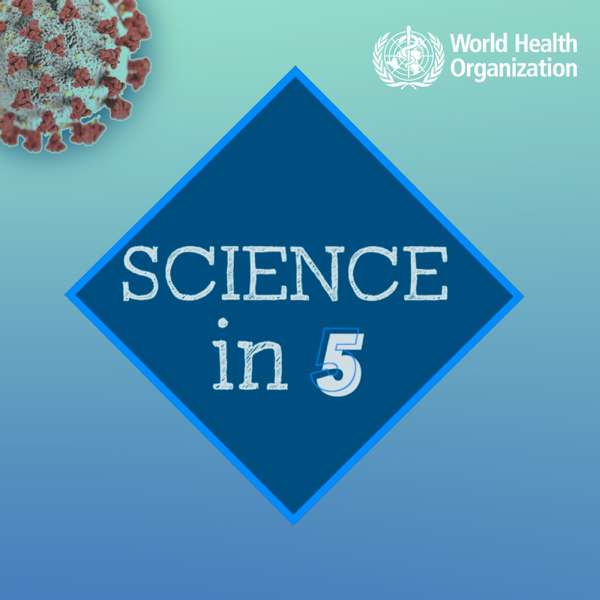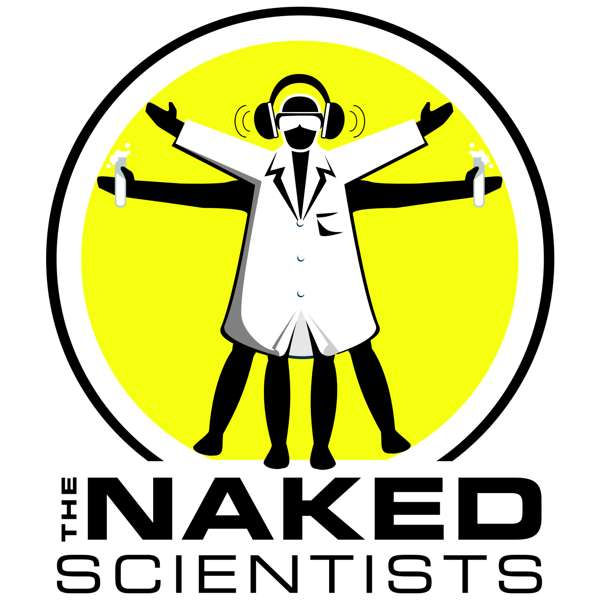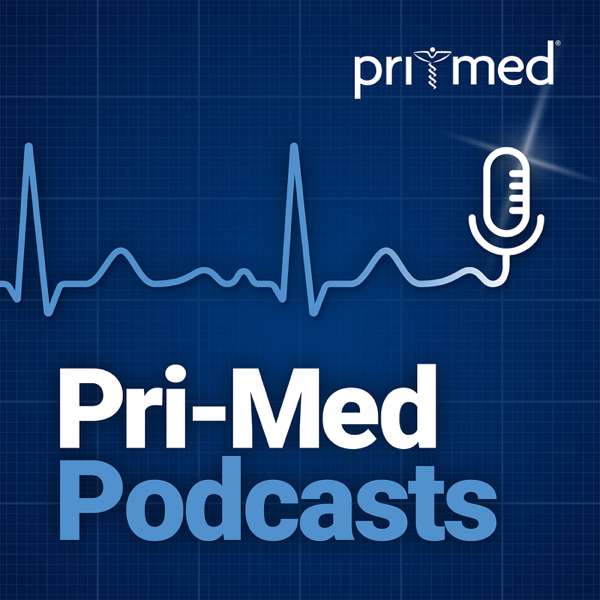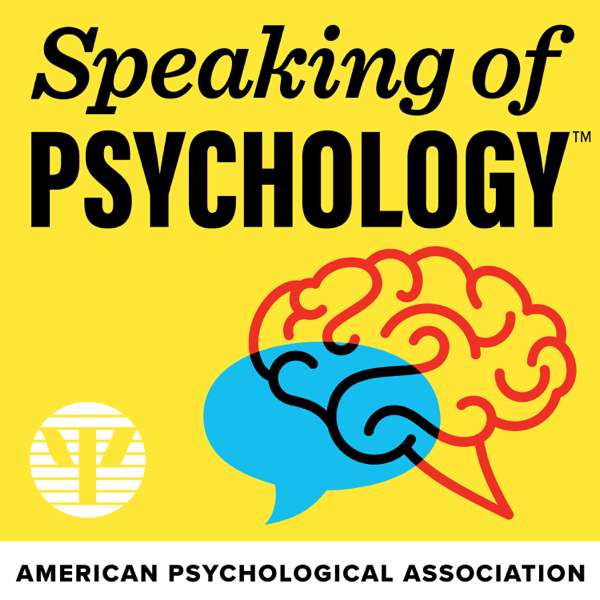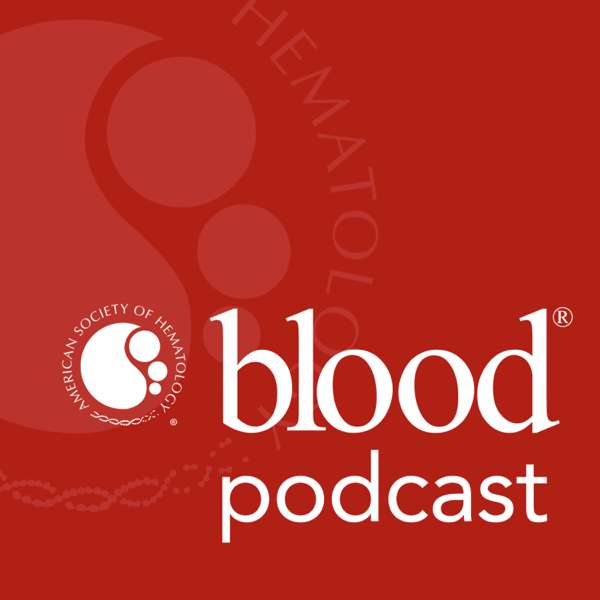Now that JPM '25 is behind us, where the weather was great but the mood was somber, back to podcasting!
Welcome back to 'Between the Biotech Waves,' the podcast where we explore the frontiers of biotechnology and the remarkable individuals driving innovation. I’m your host, Nessan Bermingham, and today, we are honored to have Dr. Matt Porteus with us, a true pioneer in the field of genome editing.
Dr. Porteus is making headlines for his role in the development of Lyfgenia, the groundbreaking CRISPR-Cas9 gene editing drug from Vertex Pharmaceuticals and CRISPR Therapeutics, designed to treat sickle cell disease. He recently founded Kamau Therapeutics, a company I am involved with, to develop a next gen curative therapy for sickle cell disease.
Raised in California, Matt's academic journey began at Harvard University, where he graduated Magna Cum Laude with a focus on the ethics of recombinant DNA technology—a testament to his deep understanding of the intersection between science and society.
He later completed his combined MD and PhD at Stanford Medical School, focusing on mammalian fore brain development. His postdoctoral research under Dr. David Baltimore at MIT and CalTech solidified his path toward developing innovative therapies using homologous recombination for genetic disorders, particularly in children.
Returning to Stanford in 2010 as an Associate Professor, Dr. Porteus has led the way in demonstrating efficient gene correction in human cells, paving a path for curative treatments in pediatrics. His expertise extends beyond genetic diseases to include the dynamics of various pediatric conditions, with a hands-on role at the Lucille Packard Children’s Hospital, where he cares for young patients undergoing hematopoietic stem cell transplantation.
Currently Matt is Sutardja Chuk professor of definitive and curative medicine.
In today's episode, we’ll dive into Dr. Porteus's inspiring journey, the significance of Lyfgenia, and his vision for the future of gene editing in transforming the treatment of sickle cell disease and beyond.

 Our TOPPODCAST Picks
Our TOPPODCAST Picks  Stay Connected
Stay Connected


